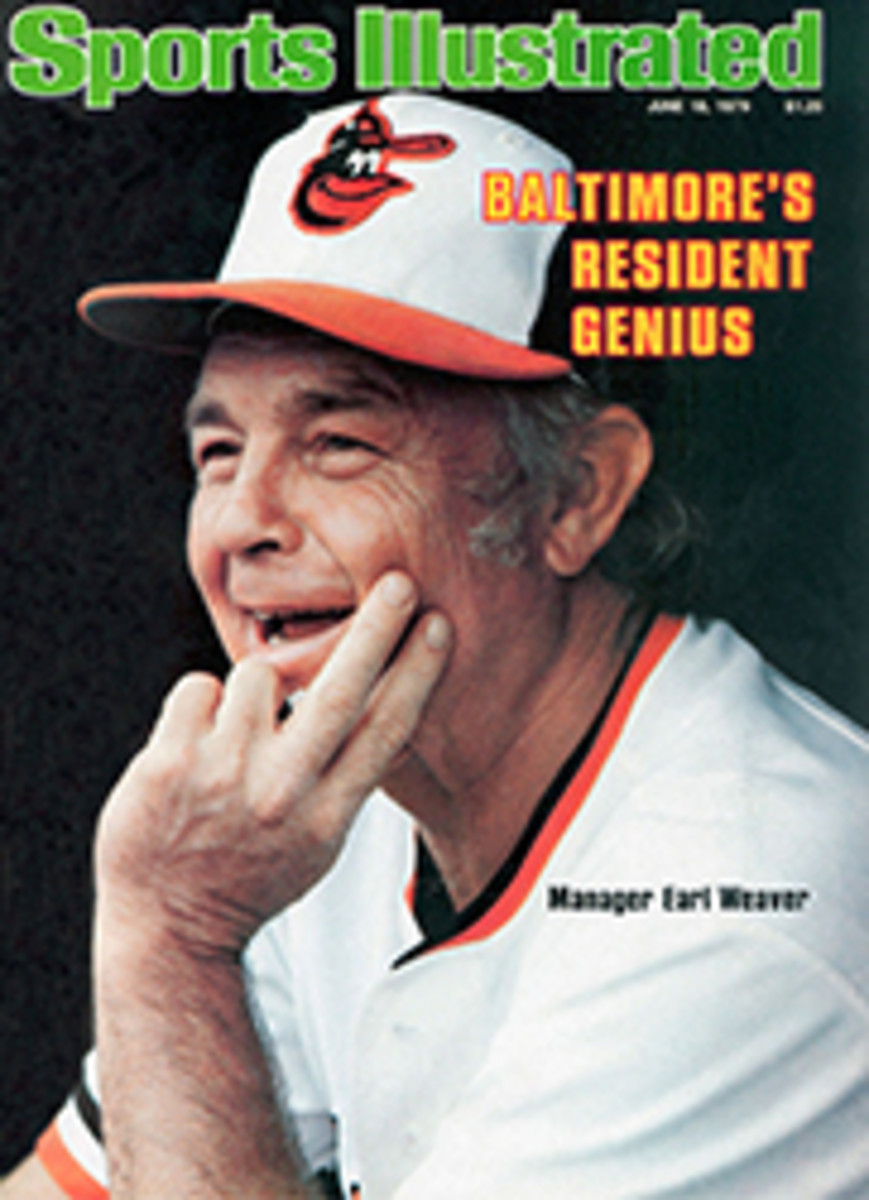
RING'S COMIC STRIP WASN'T COMIC, BUT IT WAS A BOON, AS HE WAS UNECONOMIC
For 2½ years, from the fall of 1922 to the winter of 1925, Ring Lardner wrote the continuity for a comic strip based on the misadventures of Jack Keefe, the brash young pitcher of Lardner's You Know Me Al short stories. The strip long ago vanished into newspaper files and microfilms, but now a generous sampling of it has been rescued and published in a handsome paperback.
Entitled Ring Lardner's You Know Me Al: The Comic Strip Adventures of Jack Keefe (Harcourt Brace Jovanovich/Bruccoli Clark, $6.95), the book contains 292 of the approximately 700 strips that Lardner wrote. For Lardner fans and comic-strip historians, it is a valuable collection; for most other readers, however, the book is little more than an amiable curiosity.
The reason is that Lardner didn't have his heart in his work. He made a great deal of money from the strip (he lived extravagantly and needed it), but most of the time he was merely going through the motions. The humor of the Jack Keefe stories derives from the bumbling and unwitting ways in which the naive, self-centered "busher" reveals his own vanity and ignorance; but the comic strip relies on gags, a form of low humor with which Lardner was never comfortable.
In the strip Keefe joins the White Sox, plays with and against celebrated heroes of the day, argues salary with Charles Comiskey, and suffers one romantic embarrassment after another. As in the short stories, he is the butt of jokes, the fall guy, the fool who never comprehends his own foolishness.
For today's readers, much of the humor will seem dated and shopworn; the strip has little of the timelessness that allows Lardner's stories to hold up so well. Additionally, the best that can be said for the drawings—most by Dick Dorgan, some by Will B. Johnstone—is that they are primitive. If nothing else, they serve to remind us how much comic-strip art has advanced in just a few decades.
Yet it is good to have the Jack Keefe comic strips for the simple reason that Lardner wrote them; they are, in their way, as valuable to an understanding of his life and work as such fine stories as "The Golden Honeymoon" and "Some Like Them Cold." Lardner hated doing the strips and knew they were a huge drain on his time and energy, but he did them anyway—for money. One can't even begin to guess how many short stories or other work of importance went unwritten as a consequence.

